当前位置:网站首页>Codeforces Round #800 (Div. 2)AC
Codeforces Round #800 (Div. 2)AC
2022-07-06 16:15:00 【Hello_ Ä】
Codeforces Round #800 (Div. 2)A~C
Problem - A - Codeforces
Define the score of some binary string TT as the absolute difference between the number of zeroes and ones in it. (for example, T=T= 010001 contains 44 zeroes and 22 ones, so the score of TT is |4−2|=2|4−2|=2).
Define the creepiness of some binary string SS as the maximum score among all of its prefixes (for example, the creepiness of S=S= 01001 is equal to 22 because the score of the prefix S[1…4]S[1…4] is 22 and the rest of the prefixes have a score of 22 or less).
Given two integers aa and bb, construct a binary string consisting of aa zeroes and bb ones with the minimum possible creepiness.
Input
The first line contains a single integer tt (1≤t≤1000)(1≤t≤1000) — the number of test cases. The description of the test cases follows.
The only line of each test case contains two integers aa and bb (1≤a,b≤1001≤a,b≤100) — the numbers of zeroes and ones correspondingly.
Output
For each test case, print a binary string consisting of aa zeroes and bb ones with the minimum possible creepiness. If there are multiple answers, print any of them.
Example
input
5
1 1
1 2
5 2
4 5
3 7
output
10
011
0011000
101010101
0001111111
Problem analysis
The question is , A string consists only of 01 form , The score of this string is 0 The number of and 1 The difference in the number of , The threat degree of this string is the maximum score of all its substrings , Here you are. a individual 0 and b individual 1, Make a string , Keep his threat to a minimum .
Just put 01 Output alternately , Put the extra at the end of the output .
AC Code
#include<iostream>
using namespace std;
#include<vector>
#include<algorithm>
#include<math.h>
#include<set>
#include<numeric>
#include<string>
#include<string.h>
#include<iterator>
#include<map>
#include<unordered_map>
#include<stack>
#include<list>
#include<queue>
#include<iomanip>
#define endl '\n'
#define int ll
typedef long long ll;
typedef unsigned long long ull;
typedef pair<ll, ll>PII;
const int N = 2e5 + 50;
signed main()
{
ios_base::sync_with_stdio(false);
cin.tie(nullptr);
cout.tie(nullptr);
int t;
cin >> t;
while (t--)
{
int a, b;
cin >> a >> b;
if (a > b)
{
for (int i = 0; i < b; i++)cout << "01";
for (int i = 0; i < a - b; i++)cout << 0;
}
else
{
for (int i = 0; i < a; i++)cout << "10";
for (int i = 0; i < b - a; i++)cout << 1;
}
cout << endl;
}
return 0;
}
Problem - B - Codeforces
Let’s call a binary string T of length m indexed from 1 to m paranoid if we can obtain a string of length 1 by performing the following two kinds of operations m−1 times in any order :
Select any substring of T that is equal to 01, and then replace it with 1.
Select any substring of T that is equal to 10, and then replace it with 0.
For example, if T= 001, we can select the substring [T2T3] and perform the first operation. So we obtain T= 01.
You are given a binary string S of length n indexed from 1 to n. Find the number of pairs of integers (l,r) 1≤l≤r≤n such that S[l…r] (the substring of S from l to r) is a paranoid string.
Input
The first line contains an integer t (1≤t≤1000) — the number of test cases. The description of test cases follows.
The first line of each test case contains a single integer n (1≤n≤2⋅105) — the size of S.
The second line of each test case contains a binary string S of n characters S1S2…Sn. (Si= 0 or Si= 1 for each 1≤i≤n)
It is guaranteed that the sum of n over all test cases doesn’t exceed 2⋅105.
Output
For each test case, output the number of pairs of integers (l,r) 1≤l≤r≤n such that S[l…r] (the substring of S from l to r) is a paranoid string.
Example
input
5
1
1
2
01
3
100
4
1001
5
11111
output
1
3
4
8
5
Problem analysis
The hint is to give you a string , Only by 0 and 1 form , There are two operations , You can put a substring “01” become “1”,“10” become “0”, Ask how many substrings of this string can be changed into one character through these two operations .
It can be seen that , As long as the end is “11” or “00” It is impossible for a string to become a character . We just need to find the substring that ends with these two , Then subtract the special number of substrings from all the substrings .
AC Code
#include<iostream>
using namespace std;
#include<vector>
#include<algorithm>
#include<math.h>
#include<set>
#include<numeric>
#include<string>
#include<string.h>
#include<iterator>
#include<map>
#include<unordered_map>
#include<stack>
#include<list>
#include<queue>
#include<iomanip>
#define endl '\n'
#define int ll
typedef long long ll;
typedef unsigned long long ull;
typedef pair<ll, ll>PII;
const int N = 2e5 + 50;
signed main()
{
ios_base::sync_with_stdio(false);
cin.tie(nullptr);
cout.tie(nullptr);
int t;
cin >> t;
while (t--)
{
int n;
string s;
cin >> n >> s;
int res = 0;
for (int i = 0; i < n - 1; i++)
{
if (s[i] == '0' && s[i + 1] == '0')res += i+1;
if (s[i] == '1' && s[i + 1] == '1')res += i+1;
}
cout << n * (n + 1) / 2 - res << endl;
}
return 0;
}
Problem - C - Codeforces
We have an array of length n. Initially, each element is equal to 0 and there is a pointer located on the first element.
We can do the following two kinds of operations any number of times (possibly zero) in any order:
If the pointer is not on the last element, increase the element the pointer is currently on by 1. Then move it to the next element.
If the pointer is not on the first element, decrease the element the pointer is currently on by 1. Then move it to the previous element.
But there is one additional rule. After we are done, the pointer has to be on the first element.
You are given an array a. Determine whether it’s possible to obtain a after some operations or not.
Input
The first line contains a single integer t (1≤t≤1000) — the number of test cases. The description of the test cases follows.
The first line of each test case contains a single integer n (1≤n≤2⋅105) — the size of array a.
The second line of each test case contains n integers a1,a2,…,an (−109≤ai≤109) — elements of the array.
It is guaranteed that the sum of n over all test cases doesn’t exceed 2⋅105.
Output
For each test case, print “Yes” (without quotes) if it’s possible to obtain a after some operations, and “No” (without quotes) otherwise.
You can output “Yes” and “No” in any case (for example, strings “yEs”, “yes” and “Yes” will be recognized as a positive response).
Example
input
7
2
1 0
4
2 -1 -1 0
4
1 -4 3 0
4
1 -1 1 -1
5
1 2 3 4 -10
7
2 -1 1 -2 0 0 0
1
0
output
No
Yes
No
No
Yes
Yes
Yes
Problem analysis
The title is that there is a length of n Array of , At first, the elements were all 0, Then there are two operations , If the current pointer is not in the last element , Then you can make this element +1 Move back to the back , If not in the first element , You can make this element -1 Move backward and forward . Give you an array a, Ask if you can change this initial array into a, And then the pointer should point to the first element .
First of all, we can know , The last one is not 0 Elements must be negative , Because you have to subtract 1, And want to add 1 You need to go back , But the last one is not 0 The element is obviously not going backwards , Only forward , Then it can't be negative ; Similarly, you can know that the first element can only be a positive number .
Then we can also know , If a number goes forward , It must be the following number -1 了 , If a number wants to increase, the corresponding subsequent number must decrease , And because the pointer finally stops in the first place , It is equivalent to that the number of times to go left and right is the same , That is, the sum of the entire array should be 0, If it is expressed as a prefix and, it is from the beginning to the last non 0 The prefix sum of numbers is 0, The prefix sum of other positions cannot be less than or equal to 0, If it is less than 0, Then this position can't go back to the first position . If it is equal to 0, Then he can't walk backwards .
So the conclusion is : The first element of the array must be a positive number , The last number is not 0 Number must be negative , Prefix and except to the last non 0 The prefix sum of the number position is 0, The prefix sum of the previous position must be greater than 0.
AC Code
#include<iostream>
using namespace std;
#include<vector>
#include<algorithm>
#include<math.h>
#include<set>
#include<numeric>
#include<string>
#include<string.h>
#include<iterator>
#include<map>
#include<unordered_map>
#include<stack>
#include<list>
#include<queue>
#include<iomanip>
#define endl '\n'
#define int ll
typedef long long ll;
typedef unsigned long long ull;
typedef pair<ll, ll>PII;
const int N = 2e5 + 50;
signed main()
{
ios_base::sync_with_stdio(false);
cin.tie(nullptr);
cout.tie(nullptr);
int t;
cin >> t;
while (t--)
{
int n, res = 0;
cin >> n;
vector<int>v(n);
for (int i = 0; i < n; i++)
{
cin >> v[i];
}
while (!v.empty() && v.back() == 0)v.pop_back();
n = v.size();
bool flag = true;
for (int i = 0; i < n; i++)
{
res += v[i];
if (i != n - 1 && res <= 0)
{
flag = false;
break;
}
}
if (res != 0)
{
flag = false;
}
if (!flag)cout << "No" << endl;
else cout << "Yes" << endl;
}
return 0;
}
边栏推荐
- 拉取分支失败,fatal: ‘origin/xxx‘ is not a commit and a branch ‘xxx‘ cannot be created from it
- Codeforces Round #802(Div. 2)A~D
- 树莓派CSI/USB摄像头使用mjpg实现网页摄像头监控
- Analysis of protobuf format of real-time barrage and historical barrage at station B
- Understand what is a programming language in a popular way
- 渗透测试 ( 1 ) --- 必备 工具、导航
- 7-1 understand everything (20 points)
- 指定格式时间,月份天数前补零
- 807. Maintain the urban skyline
- antd upload beforeUpload中禁止触发onchange
猜你喜欢
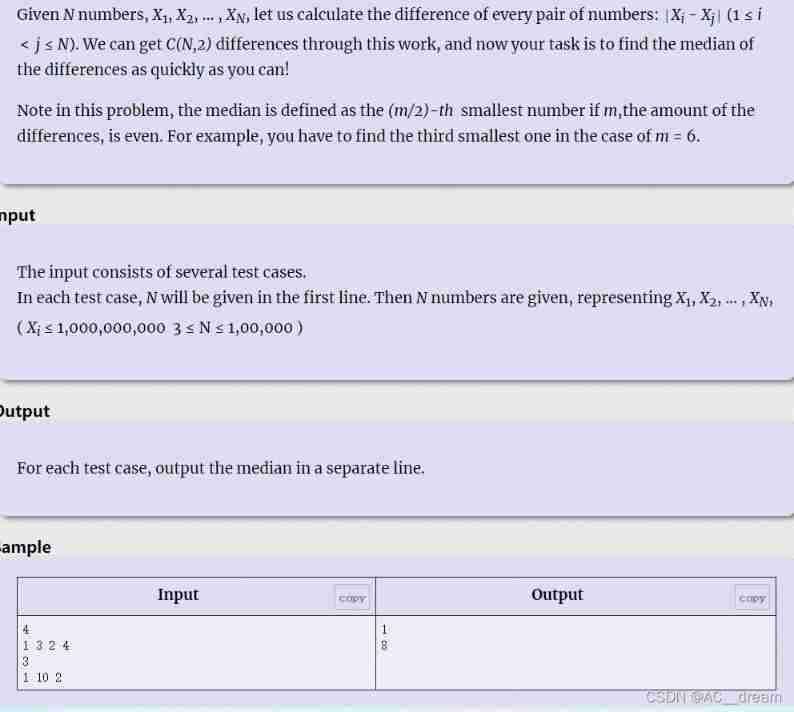
(POJ - 3579) median (two points)

1605. Sum the feasible matrix for a given row and column
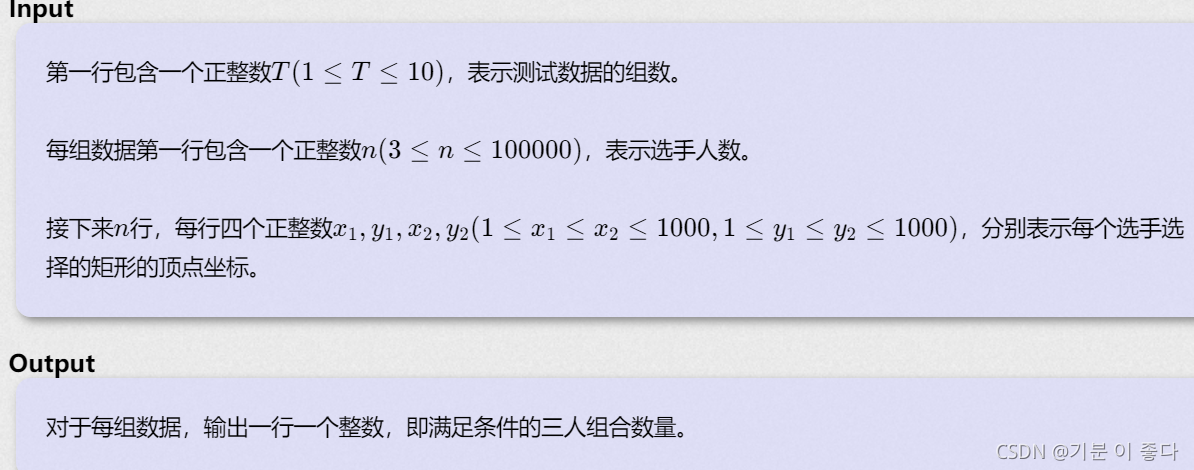
B - Code Party (girls' competition)
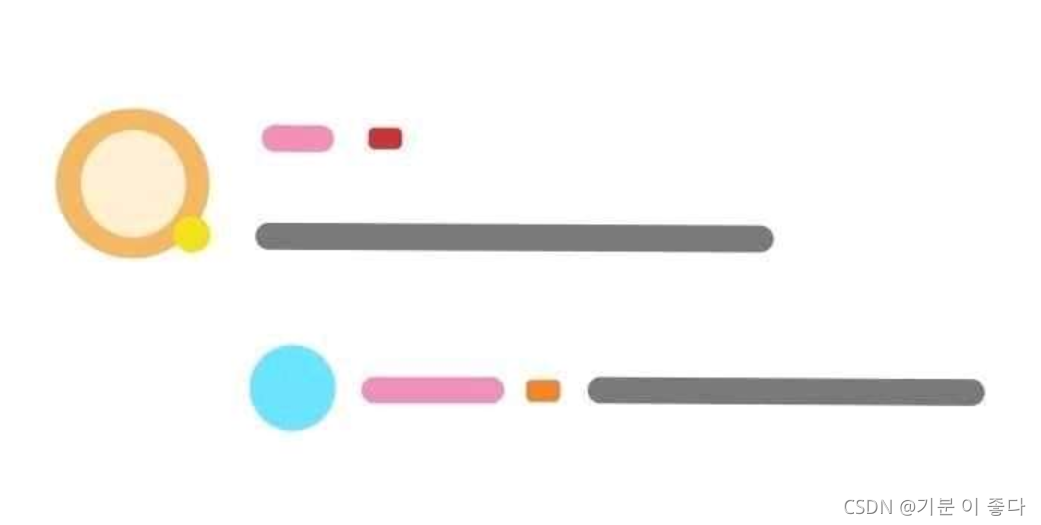
7-1 understand everything (20 points)
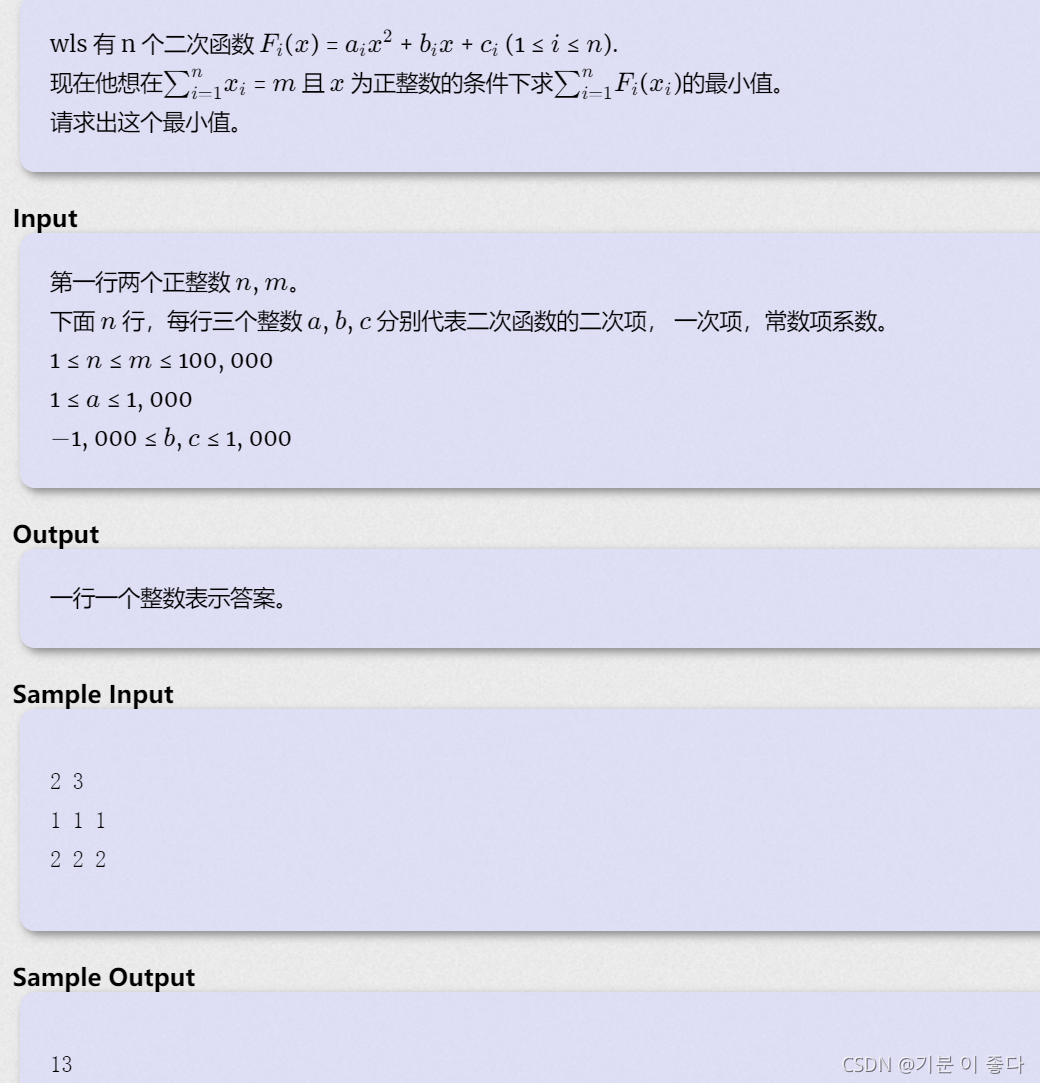
D - function (HDU - 6546) girls' competition

Some problems encountered in installing pytorch in windows11 CONDA

分享一个在树莓派运行dash应用的实例。
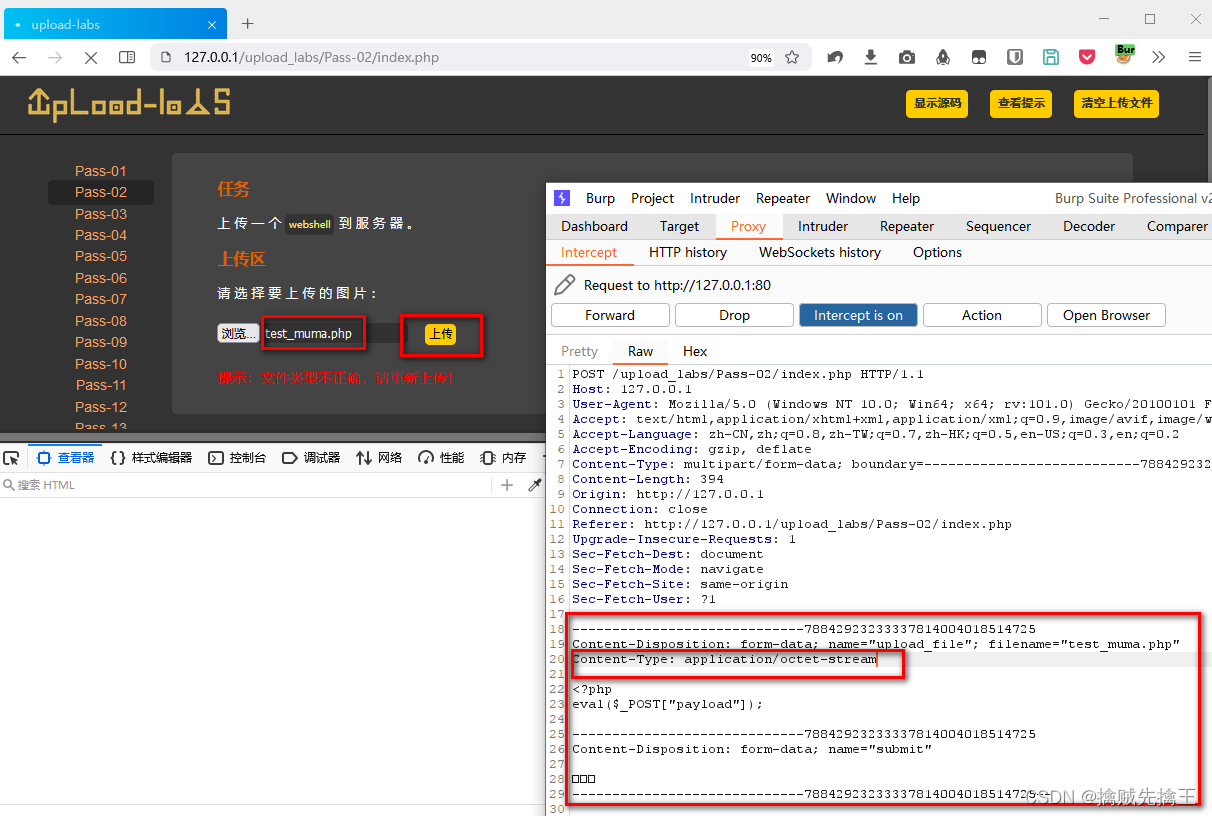
渗透测试 2 --- XSS、CSRF、文件上传、文件包含、反序列化漏洞

409. Longest palindrome

Analysis of protobuf format of real-time barrage and historical barrage at station B
随机推荐
双向链表—全部操作
[exercise-5] (UVA 839) not so mobile (balance)
[exercise-2] (UVA 712) s-trees
D - function (HDU - 6546) girls' competition
Penetration test (2) -- penetration test system, target, GoogleHacking, Kali tool
Codeforces Round #802(Div. 2)A~D
指定格式时间,月份天数前补零
MySQL grants the user the operation permission of the specified content
TCP's three handshakes and four waves
Read and save zarr files
[teacher Gao UML software modeling foundation] collection of exercises and answers for level 20 cloud class
Codeforces Round #799 (Div. 4)A~H
渗透测试 ( 4 ) --- Meterpreter 命令详解
Penetration test (7) -- vulnerability scanning tool Nessus
Find 3-friendly Integers
树莓派CSI/USB摄像头使用mjpg实现网页摄像头监控
树莓派4B安装opencv3.4.0
Truck History
Classic application of stack -- bracket matching problem
605. Planting flowers